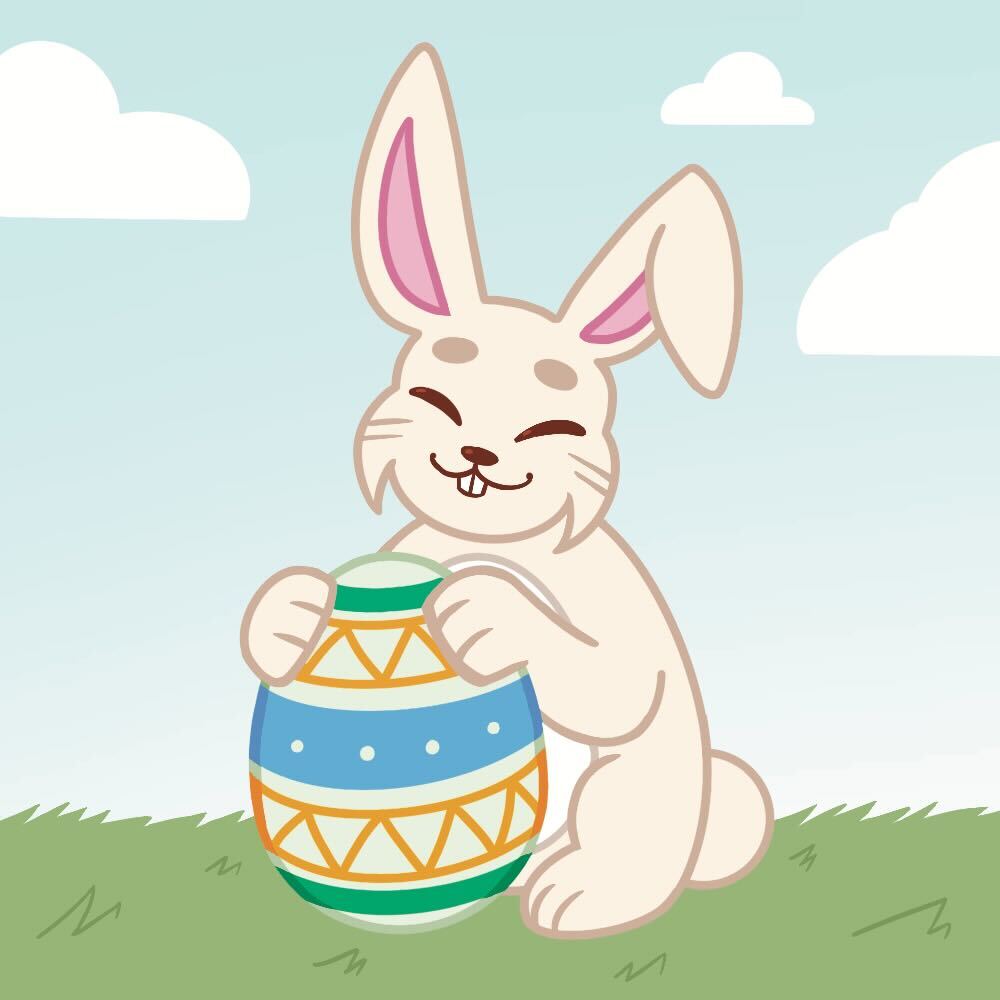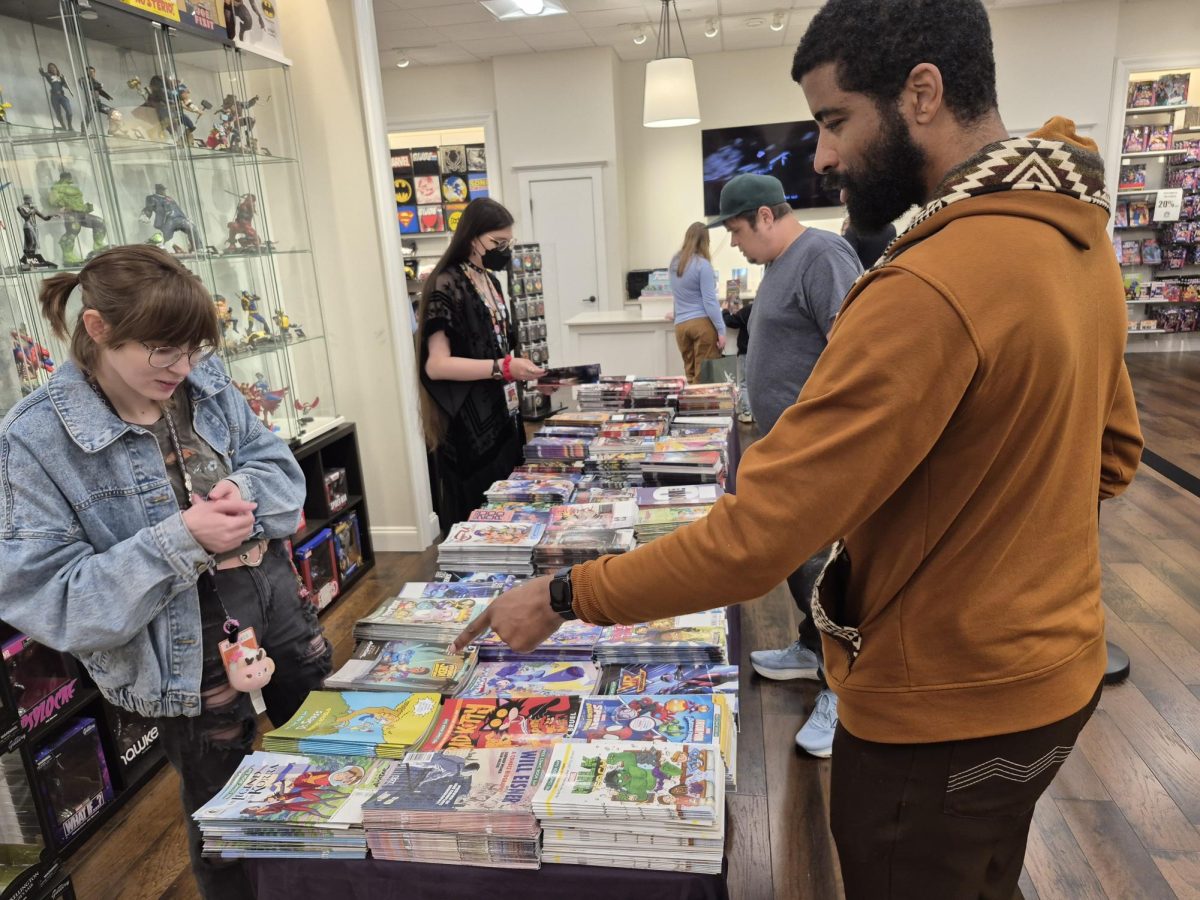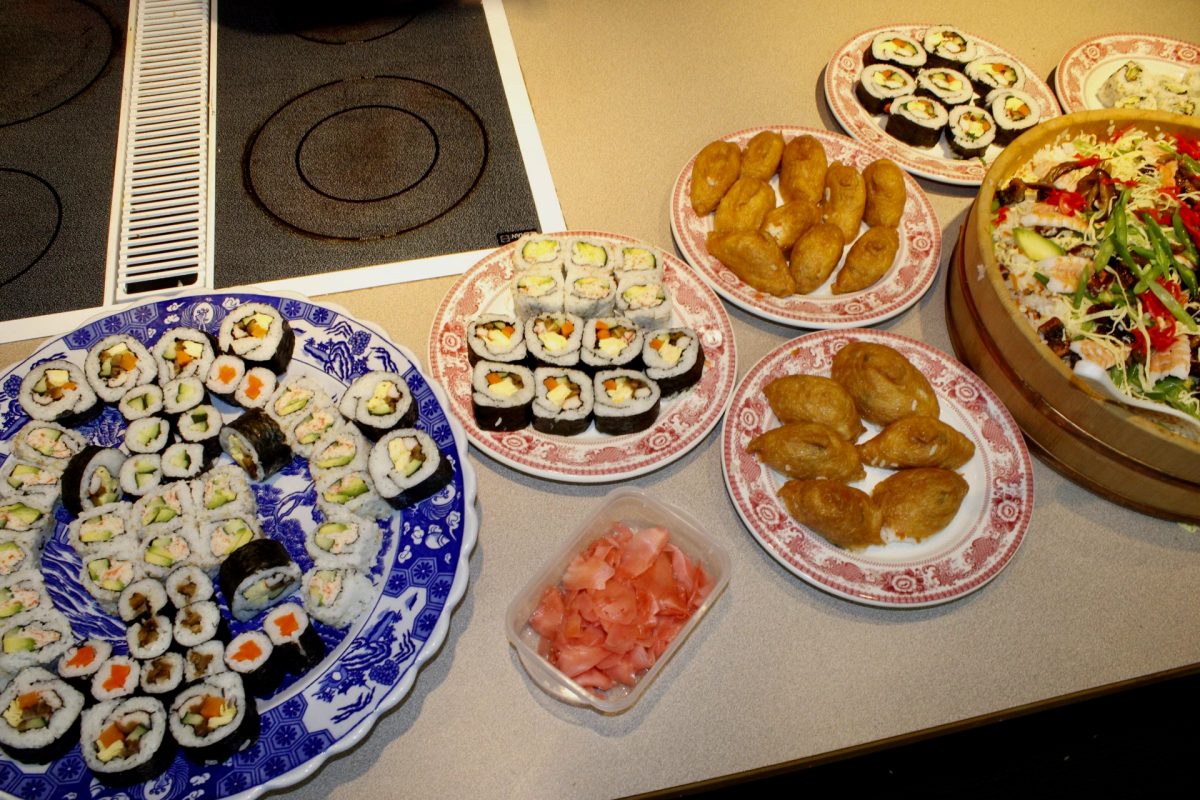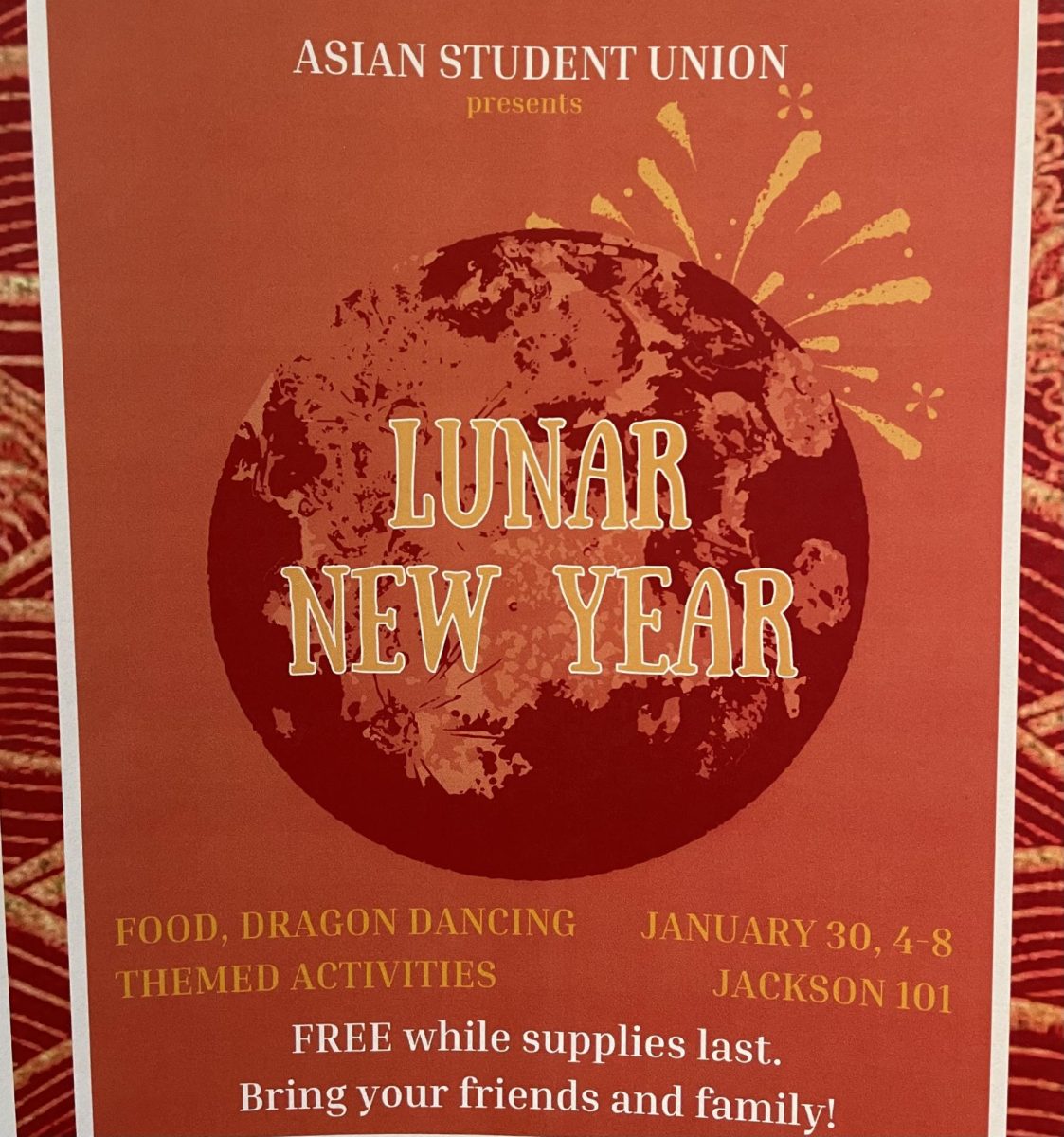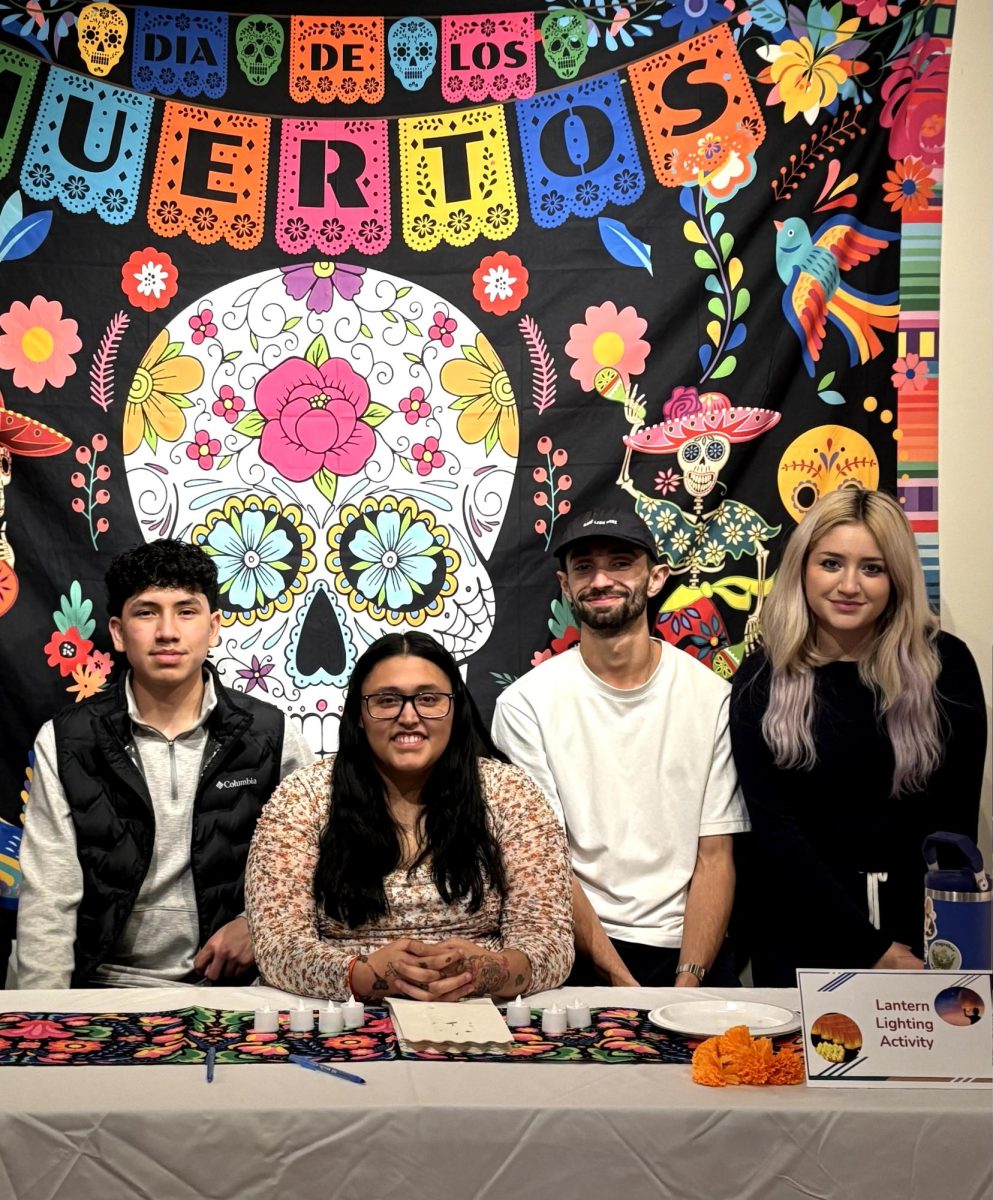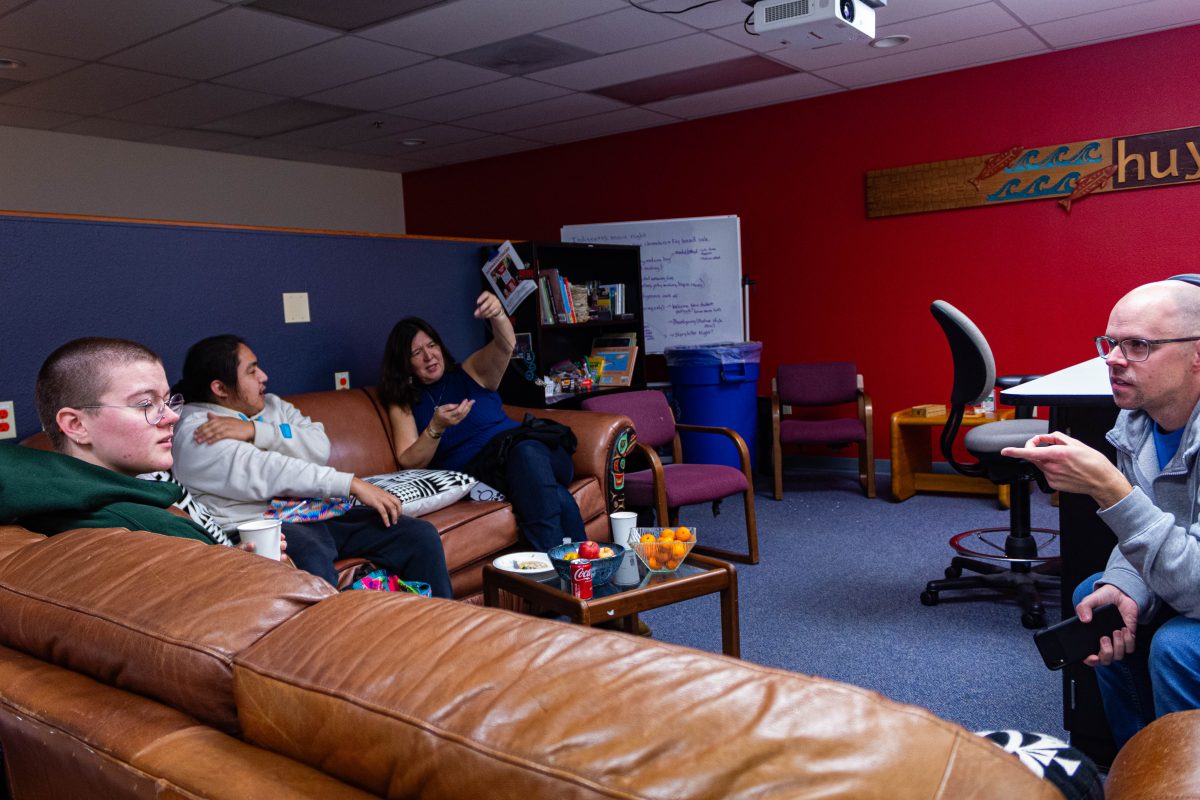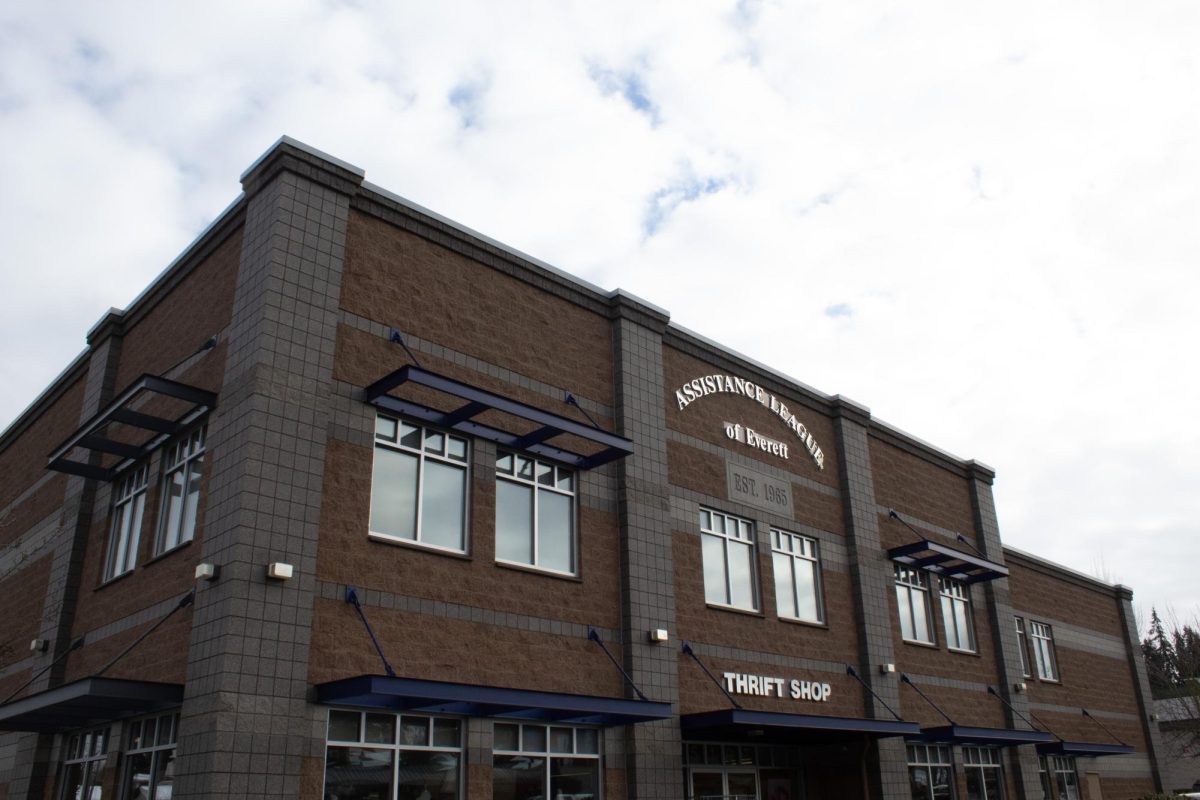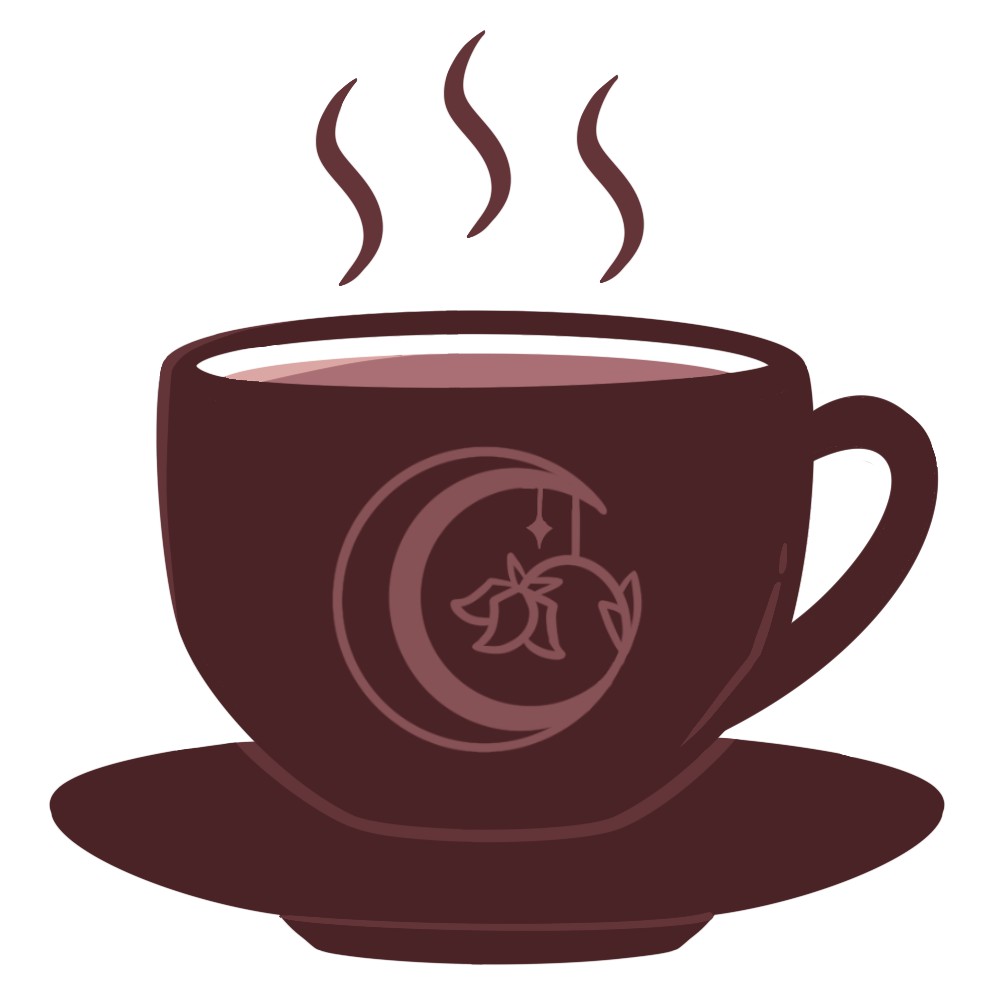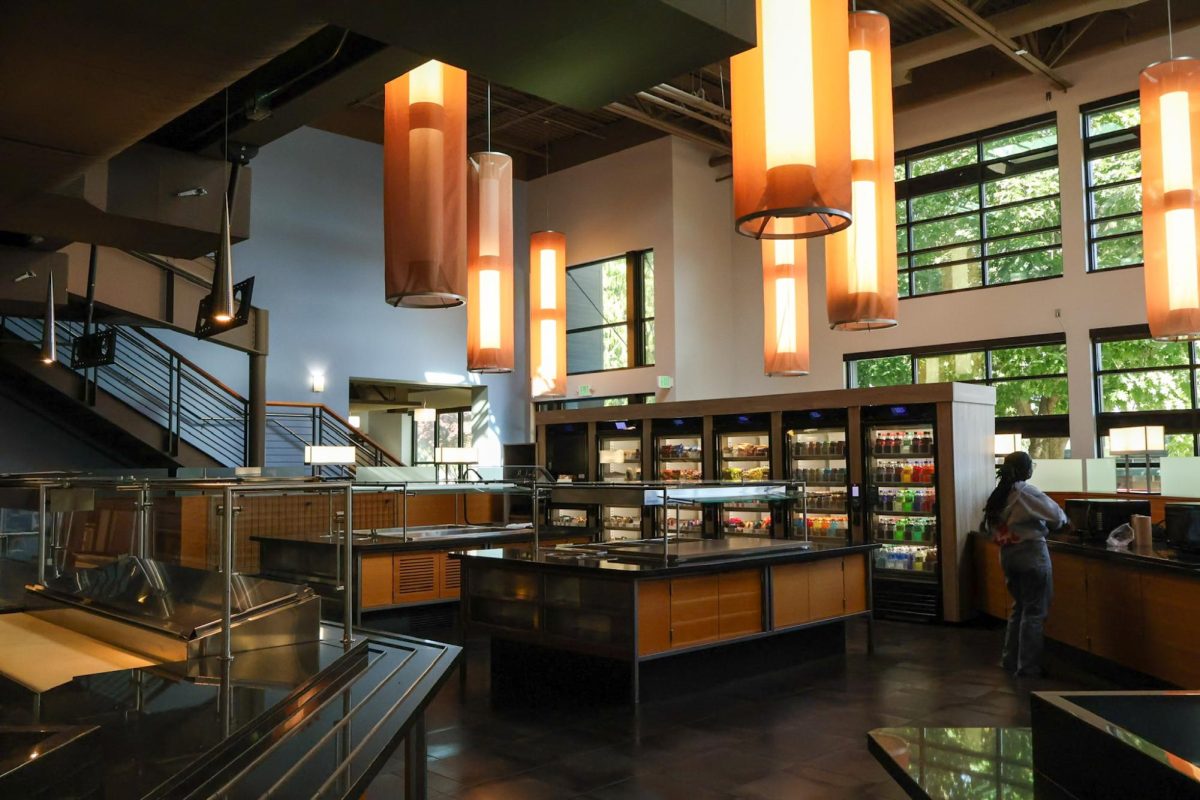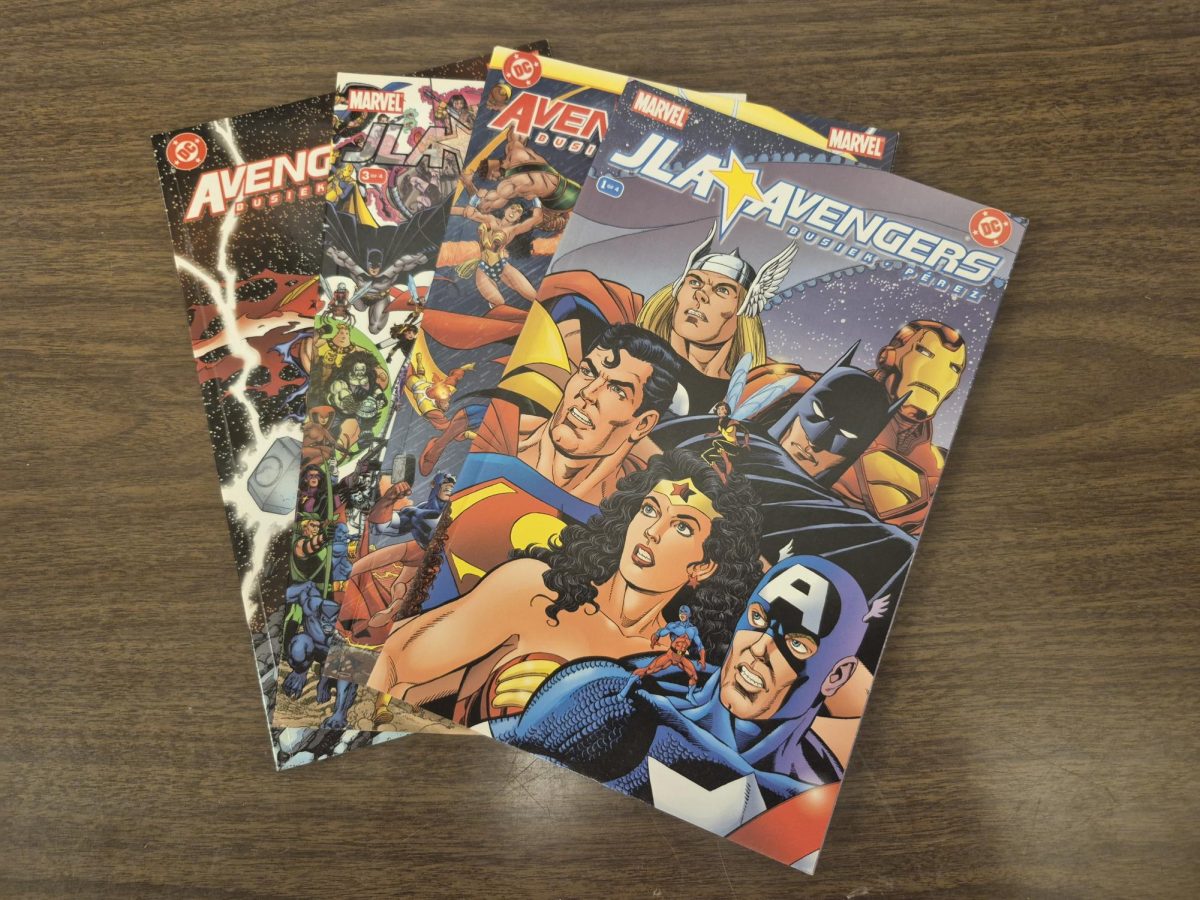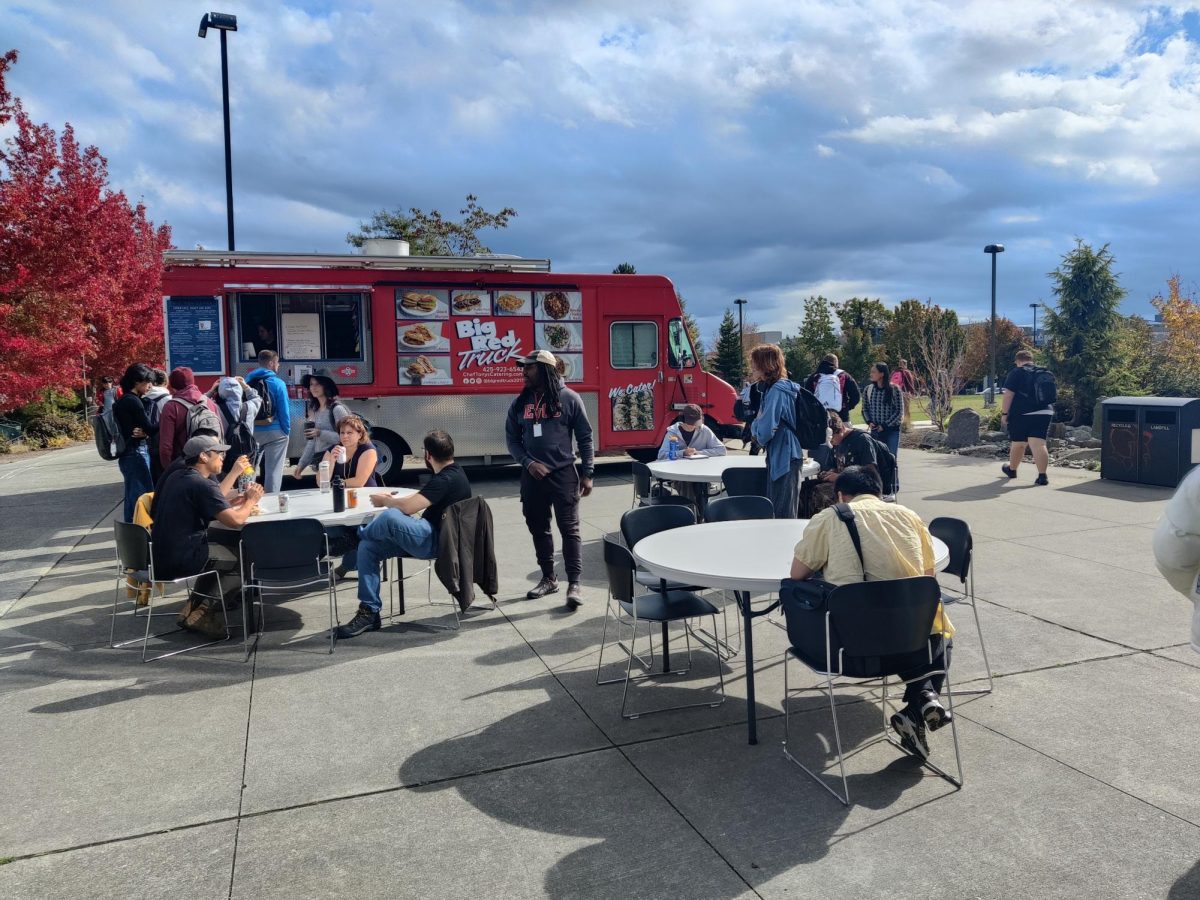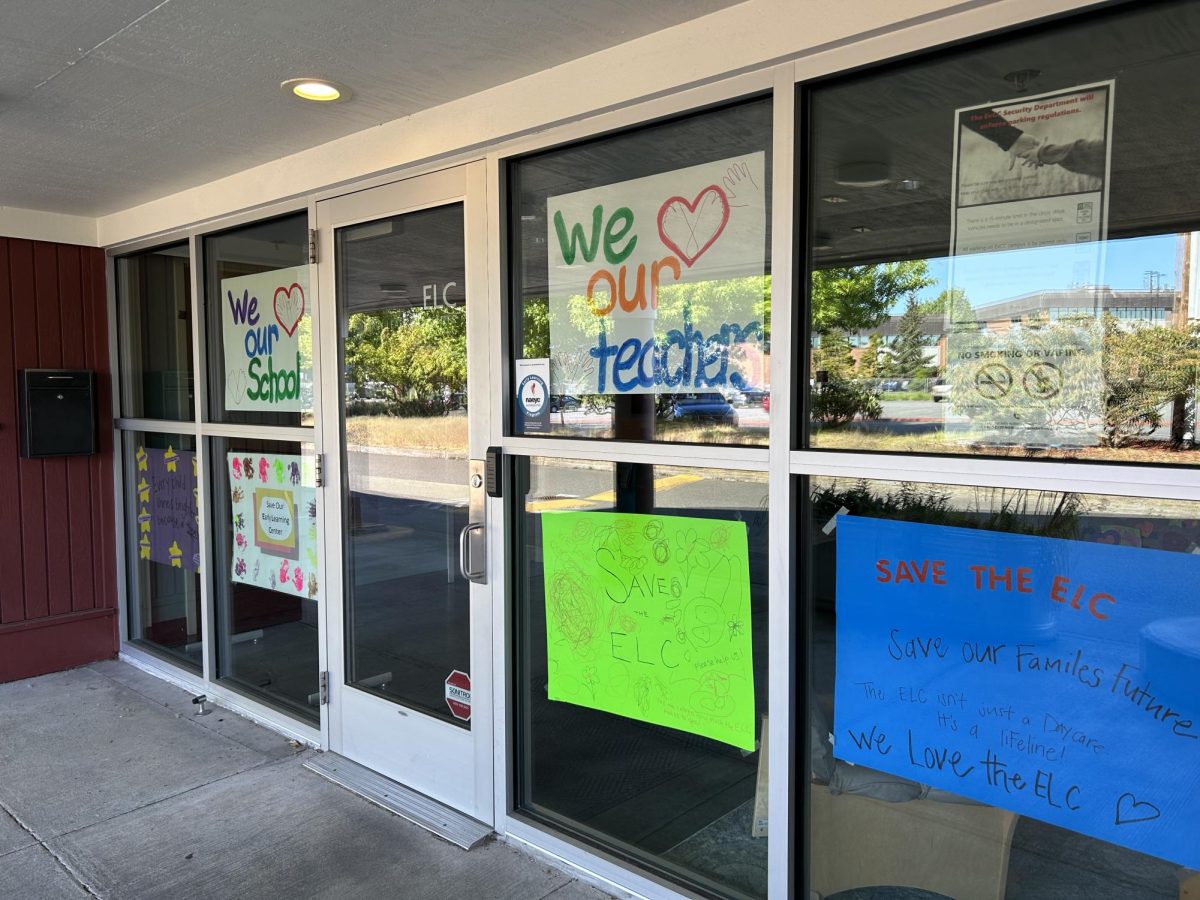Each year, Easter rolls around with its colorful eggs, pastel outfits and baskets filled with candy.
For some, it’s an important day that celebrates the resurrection of Jesus Christ. For others, it’s a fun, simple tradition centered around chocolate bunnies and egg hunts. But for most, it falls somewhere in between; blending faith, family and festivities in ways that are personal and unique.
So, what exactly does Easter mean in today’s world? The answer varies widely depending on who you ask.

Kaitlin Owens, a member of the Open Door Christian Fellowship Club here at EvCC, shared her perspectives on the religious significance of the holiday. “I would say that it represents God’s ultimate love, grace and mercy. He loves us so much that He was willing to pay such an ultimate price of death on the cross.”
Elisabeth Olney, an EvCC student, spoke about her non-religious Easter traditions.
“I was raised religious, but I don’t identify with a single religion. For traditions, we typically do brunch with an Easter egg hunt,” she said. “I view Easter as a religious holiday because I understand the basis of what it is, but I treat it as a family celebration.”
At its foundation, Easter is a Christian holiday that celebrates the resurrection of Jesus three days after His crucifixion. It’s considered the most important event in Christian faith — even more important than Christmas. The resurrection represents victory over death and the promise of eternal life, symbolizing hope, renewal and redemption.
In many churches, services include scripture readings, special hymns, communion and sunrise services held outdoors to represent the rising of Jesus from the tomb.
Easter Sunday concludes Holy Week. Holy Week begins with Palm Sunday and includes days such as Maundy Thursday, which celebrates the Last Supper; and Good Friday, which marks the crucifixion.
For practicing Christians, Easter is a spiritual reset. It’s not just about celebration, but reflection, and is a time to consider sacrifice, grace and personal growth. Leading up to Easter, many people participate in Lent — A 40-day period of fasting that represents giving up something meaningful in order to draw them closer to their faith.
“Lent is a great way to increase my discipline and I feel like I’m doing this for God, not just for me,” Owens said.
Some see Easter being less about religion and more about togetherness. Even those who don’t attend church services still celebrate with their families through meals, games and traditions passed down through celebrations.
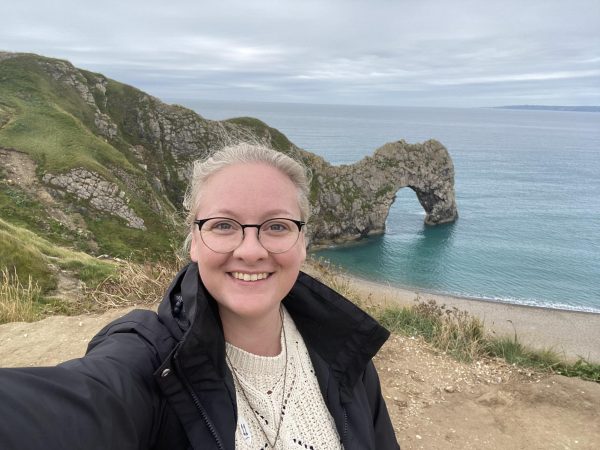
Easter brunches or dinners are common with family, often featuring foods like glazed ham and deviled eggs. Dressing up in spring florals or pastel colors and taking photos with family is another classic tradition, even for families that don’t celebrate the religious aspect of the holiday.
“It’s the Easter bunny thing. We do egg hunts with the kids and there’s chocolate involved,” Owens said.
Kids look forward to the Easter bunny’s visit with plastic egg hunting in the yard, often filled with candy or sometimes money. The joy of these moments are always the best part, as parents watching their kids race around collecting the candy-filled eggs and people gathering around to eat are memories that last forever.
However, the commercial side of Easter has grown just as huge as the spiritual and familial ones. Today, it’s nearly impossible to walk through a store or scroll through social media in March or April without seeing the holiday’s signature pastel colors, bunny ears and chocolate eggs.
The Easter bunny and Easter, whose origins trace back to German folklore, has turned into Spring American culture. Once just a story about a hare that laid eggs for children to find, the Easter bunny is now a part of an industry that has made millions of dollars. With photo opportunities at local malls, along with Easter baskets and candy sales, many factors have played into the commercialization of the holiday.
Retailers tend to use Easter as an inspiration for seasonal shopping. Anything and everything — from clothing to home decor — gets a springtime refresh, and brands often take the chance to launch limited edition products.
And while the religious aspect of Easter isn’t always reflected in the products, the sense of fun and fresh beginnings definitely is.
As with most holidays, how people celebrate Easter depends on personal beliefs, family traditions and even cultural background. For some, it is a huge celebration with both spiritual and non-religious parts, but for others, it’s barely a blip on the calendar.
In recent years, the idea of non-traditional celebrating has become more common. What’s clear is that there’s not a single way to “do” Easter. And this is what keeps the holiday alive and relevant.
What was once a primarily religious holiday has become more of a social event over time. It has even been marketed in a way that includes everybody, even those without ties to Christianity.
The shift has made conversation about the meaning behind Easter. Some argue that the commercialization of the holiday distracts from its spiritual message, while others see the evolution as natural, allowing more people to be able to celebrate the holiday in ways that feel comfortable for them.
“The holiday itself has a lack of understanding for its true regard, that is for sure,” Olney mentioned.
The blending of sacred and non-religious elements isn’t necessarily a bad thing. It can bring people together and offer different ways to connect with their loved ones.
Regardless of how it’s celebrated, Easter consistently represents a sense of renewal. It arrives just as spring begins, when days become longer and the flowers start to bloom. It doesn’t matter if you attend a sunrise service, share a meal with your family or even just take the day to rest and reset, Easter often leaves a quiet reminder to reflect, release and begin again.
Whether you spent Easter Sunday in prayer, with family or just enjoying the rainy weather of this year, one thing is for sure; it is a holiday that continues to grow and adapt, just like spring itself.

